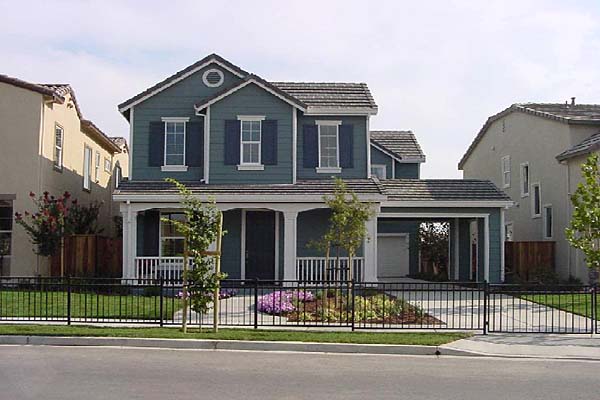ACCESSORY BUILDING
Understanding Accessory Buildings in Real Estate
In the realm of real estate, the concept of accessory buildings plays a significant role in property development, functionality, and value. Accessory buildings, also known as secondary suites or ancillary structures, are additional, subordinate buildings that complement and serve the primary structure on a property. From garages and workshops to guest houses and studios, these versatile structures offer a range of benefits and considerations for property owners and real estate professionals.
The Purpose of Accessory Buildings
Versatility and Functionality
Accessory buildings provide supplementary space for various purposes, such as storage, recreational activities, home offices, or accommodation for guests.
These structures offer flexibility, allowing property owners to tailor the space to their specific needs without compromising the primary dwelling's functionality.
Property Value and Appeal
Well-designed and strategically positioned accessory buildings can enhance the overall appeal and value of a property, attracting potential buyers or tenants seeking additional amenities and space.
Types of Accessory Buildings
Garages and Workshops
Garages and Workshops
Detached garages and workshops are common types of accessory buildings, providing space for vehicle storage, DIY projects, and equipment maintenance.
Guest Houses and Studios
Accessory buildings can also include guest houses, in-law suites, or studios, offering separate living quarters for visitors or serving as creative workspaces.
Storage Sheds and Barns
For property owners requiring additional storage space for tools, seasonal items, or agricultural equipment, storage sheds and barns serve as valuable accessory structures.
Considerations for Accessory Buildings
Zoning Regulations
Local zoning regulations and building codes often dictate the size, placement, and permissible uses of accessory buildings within a property. Compliance with these regulations is crucial to avoid legal complications.
Design and Aesthetics
Thoughtful design and integration of accessory buildings can contribute to the overall visual appeal and harmony of the property, enhancing its marketability and desirability.
Utility and Infrastructure
Accessory buildings may require utility connections, such as electricity, water, and sewer, which necessitate careful planning and coordination with local service providers.
The Future of Accessory Buildings
As property owners seek to maximize the utility and value of their real estate assets, the role of accessory buildings is expected to evolve. Innovative designs, sustainable construction practices, and the integration of smart technologies are likely to shape the future of accessory buildings, offering enhanced functionality and efficiency for property owners and occupants.
Conclusion
In the dynamic landscape of real estate, accessory buildings represent a valuable opportunity for property owners to expand their living space, enhance property functionality, and increase overall property value. Understanding the diverse types of accessory buildings, along with the associated considerations and potential future trends, empowers property owners and real estate professionals to make informed decisions and leverage the full potential of their real estate assets.
MORE REAL ESTATE TERMS
A, B, C, D, E, F, G, H, I, J, K, L, M, N, O, P, Q, R, S, T, U, V, W, X, Y, Z
Featured New Home

Featured Mortgage Brokers
- EVERETT FINANCIAL INC, ORANGE BEACH, AL
25910 CANAL RD STE N
ORANGE BEACH, AL 36561 - M/I Financial, LLC, mortgage broker in Columbus, OH
3 Easton Oval Ste 340
Columbus, OH 43219 - HOMESTAR FINANCIAL CORPORATION, WINDER, GA
133 W ATHENS ST STE I
WINDER, GA 30680 - Blue Square Mortgage LLC, mortgage broker in Seattle, WA
4212 33rd Ave W
Seattle, WA 98199 - PRIMELENDING A PLAINSCAPITAL COMPANY, GLEN ALLEN, VA
4198 COX RD STE 113
GLEN ALLEN, VA 23060